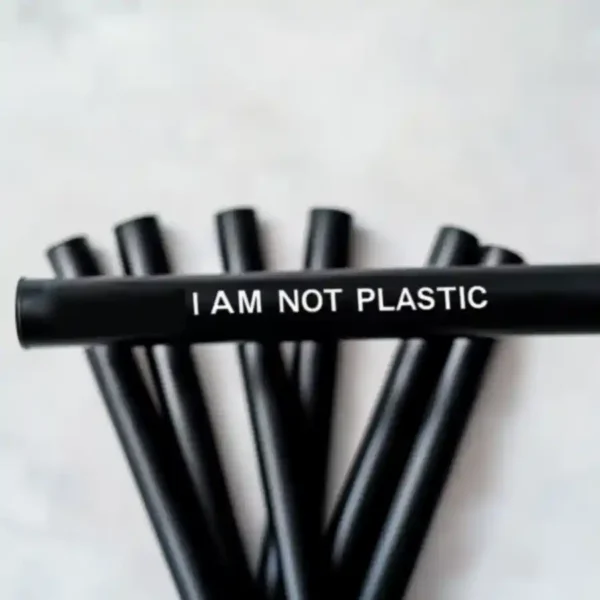I. Introduction
In an era where environmental concerns are at the forefront of global discourse, the importance of sustainable practices cannot be overstated. Compostability represents a vital solution in the pursuit of environmental conservation. This blog delves into the concept of compostability, its benefits, and its role in reducing waste while promoting a circular economy. By understanding compostable materials and their proper use, we can collectively take meaningful steps toward fostering a healthier planet.

II. Understanding Compostability
A. Definition of Compostable
Compostable materials are organic substances that break down into natural elements, such as water, carbon dioxide, and nutrient-rich compost, leaving no toxic residues. This decomposition process occurs under specific conditions, such as the presence of oxygen, moisture, and heat.
B. How Compostable Differs from Biodegradable
While both compostable and biodegradable materials decompose over time, the distinction lies in their environmental impact. Biodegradable items may leave residues or fail to enrich the soil, whereas compostable materials transform into beneficial organic matter under controlled conditions.
C. Examples of Compostable Materials
Compostable materials are increasingly versatile and include:
- Food scraps: Fruits, vegetables, and coffee grounds.
- Yard waste: Grass clippings and leaves.
- Paper products: Uncoated cardboard, paper towels, and napkins.
- Plant-based plastics: PLA-based products, such as compostable straws and cutlery.

III. The Benefits of Compostable Materials
A. Environmental Impact
Compostable materials reduce landfill waste, which is a major contributor to methane emissions—a greenhouse gas far more potent than carbon dioxide. By diverting organic waste to composting facilities, these materials support efforts to combat climate change.
B. Reduction of Waste
Compostable products enable a transformation of waste into nutrient-rich soil amendments, reducing the volume of trash sent to landfills while supporting sustainable agricultural practices.
C. Contribution to a Circular Economy
Composting closes the resource loop by returning valuable nutrients to the soil, aligning with the principles of a circular economy, where resources are reused and regenerated instead of discarded.

IV. The Process of Composting
A. How Composting Works
Composting relies on microorganisms to break down organic matter in the presence of oxygen. A balance of “browns” (carbon-rich materials, like dry leaves) and “greens” (nitrogen-rich materials, like food scraps) is essential for efficient decomposition.
B. Home Composting vs. Industrial Composting
Home composting allows individuals to manage small amounts of organic waste, while industrial composting facilities handle larger volumes and utilize advanced technologies to accelerate decomposition.
C. Proper Disposal Practices
Effective composting requires proper disposal of compostable materials. Items should either be placed in home compost bins or disposed of through municipal or industrial composting programs when available.
V. Compostable Products and Certifications
A. Common Compostable Products
Examples of compostable items include:
- Plant-based utensils and plates.
- Compostable coffee cups and lids.
- Food packaging made from sugarcane fiber or other natural materials.
B. Recognizing Certifications
Certifications like ASTM D6400 (USA) and EN 13432 (EU) verify that products meet established standards for compostability, ensuring they decompose under industrial conditions without leaving harmful residues.
C. Importance of Certifications
Verifying certifications helps consumers and businesses identify genuine compostable products, avoiding greenwashing or misleading claims.

VI. Challenges in Adopting Compostable Materials
A. Barriers to Adoption
Consumers and businesses often face challenges such as:
- Higher costs compared to traditional materials.
- Limited infrastructure for industrial composting.
- Misconceptions about what is truly compostable.
B. Addressing Misconceptions
Public education campaigns are essential to dispel myths and promote understanding of compostable materials’ proper use and benefits.
C. Proposed Solutions
Investments in composting infrastructure, government incentives, and business collaboration can address barriers and encourage widespread adoption of compostable products.
VII. The Role of Companies in Promoting Compostability
A. Leading by Example: NatureBioEco
NatureBioEco has pioneered innovative compostable products, including sugarcane and coffee ground straws. The company collaborates with municipalities and businesses to implement sustainable practices.
B. Case Studies of Success
One initiative involved providing compostable straws to eco-conscious restaurants, significantly reducing plastic waste. These efforts demonstrate how businesses can align profitability with sustainability goals.
C. Corporate Responsibility
Businesses play a critical role in driving change by adopting eco-friendly practices and raising awareness about the importance of compostability.
VIII. FAQs
- What does “compostable” mean?
- Compostable materials can break down into natural elements like water and nutrient-rich compost, leaving no harmful residue.
- How is compostable different from biodegradable?
- While biodegradable materials decompose, they may not enrich the soil or avoid leaving residues. Compostable items meet specific standards to become nutrient-rich compost.
- Can I compost at home?
- Yes, you can compost many materials at home, but some items (e.g., PLA bioplastics) may require industrial composting conditions.
- Are compostable materials cost-effective for businesses?
- While the upfront cost may be higher, businesses benefit from improved brand reputation, customer loyalty, and regulatory compliance.
- What certifications should I look for?
- Look for certifications like ASTM D6400, EN 13432, or TUV OK Compost to ensure the product meets compostability standards.
- What happens if compostable materials end up in landfills?
- Without oxygen and proper conditions, compostable items may fail to decompose properly, potentially emitting methane gas.
- What industries benefit most from compostable products?
- Foodservice, hospitality, retail, and event planning industries are well-suited for compostable product integration.
- How can I start composting at home?
- Begin with a small compost bin, balance carbon-rich and nitrogen-rich materials, and maintain moisture and aeration for efficient decomposition.
IX. Citations
- EPA: Sustainable Management of Food Basics
- Composting Council: Benefits of Composting
- Biodegradable Products Institute
- NatureBioEco: Compostable Straws
- UNEP Report on Plastic Pollution
- Guide to ASTM Compostability Standards
- EN 13432 Compostability Standard
- Benefits of Circular Economies
X. Conclusion
Adopting compostable materials is not just a choice—it’s a responsibility. By understanding their benefits, using certified products, and promoting proper disposal practices, businesses and individuals can contribute to a more sustainable future. Let’s take the first step toward embracing compostability and fostering a greener, healthier planet.







